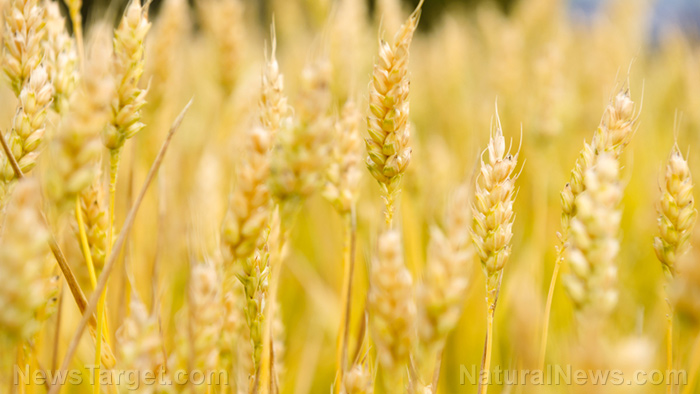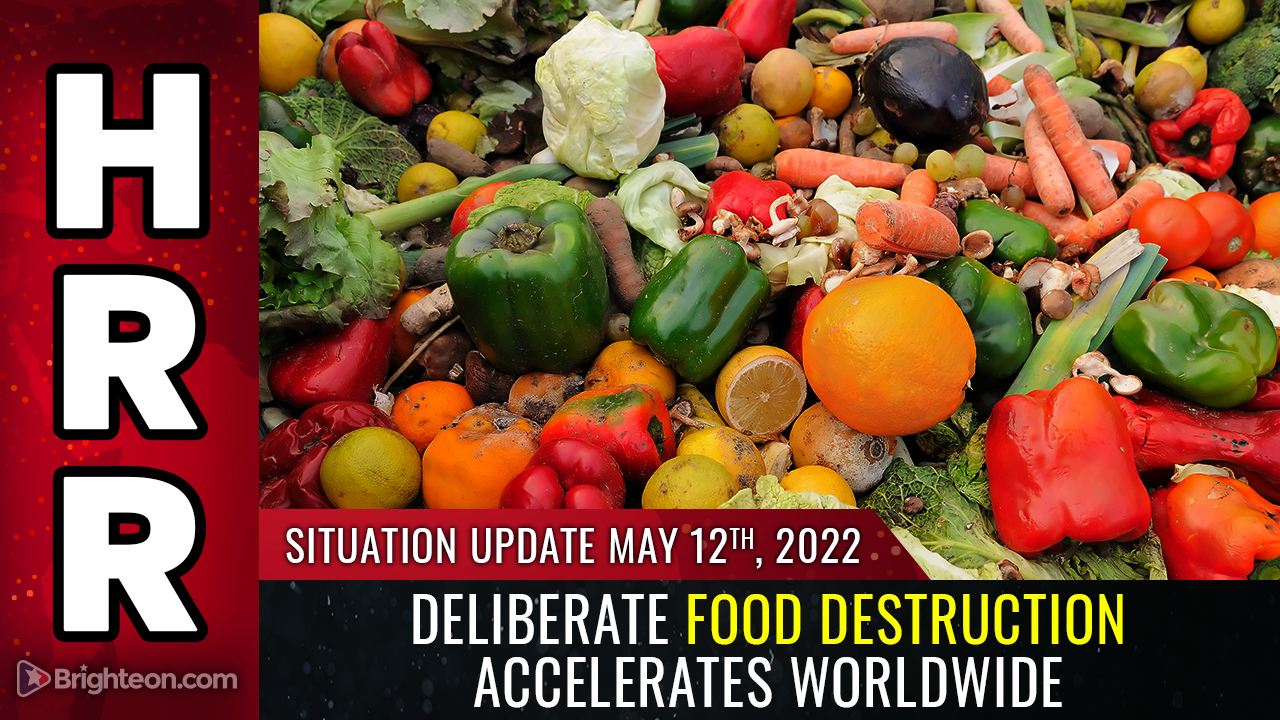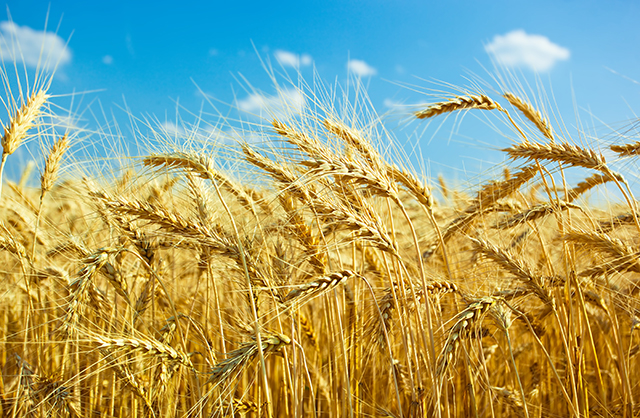Price of wheat soars to record high as war between Russia and Ukraine continues
03/10/2022 / By Mary Villareal

The war between Russia and Ukraine has already driven up gas prices. Now, the price for wheat has also surged to its highest level.
Wheat price is now at a record $12.94 per bushel, up 70 percent over the last month, as measured by a futures contract on the Chicago Board of Trade. The conflict has already curbed exports of crops, triggering shortages and setting the stage for worsening food inflation.
Surging bread costs have been a major source of instability and violence in the past. But more recently, soaring food costs have been cited as an important contributor to the wave of instability known as the Arab Spring that swept the Middle East in 2011.
Russia and Ukraine are two of the biggest wheat producers in the world. Russia alone produces 11 percent of wheat and is its largest export. Together, Russia and Ukraine supply over a quarter of the world’s wheat, which is also sold in some of the poorest countries in the Middle East and North Africa.
Egypt, which is the world’s largest wheat importer, still gets roughly 60 percent of its wheat from Russia and 25 percent from Ukraine.
Ethiopia, which has become a major importer in recent years, found their farming disrupted by the war as well. The country’s government bought wheat in bulk to provide subsidized food for the population, but can no longer afford to do so enough to satisfy domestic demand. (Related: Ongoing Russia-Ukraine conflict pushing global economy closer to collapse.)
Lebanon also cut subsidies to prevent burning through their national currency reserves. Analysts at Fitch Ratings said that the war could exacerbate Lebanon’s social challenges, considering that the country only has a month’s worth of wheat in reserve.
Expect stronger buying from key consumers
Supply disruptions have already raised concerns over food security. It is likely that there will be stronger buying from key consumers to ensure an adequate supply of wheat, especially if disruptions continue. Already, China has ordered agencies to ensure their supply amid the current uncertainty.
Historically, China has been a large buyer of Ukrainian corn, importing 8.2 metric tons from Ukraine in 2021 alone. This is around 30 percent of the total Chinese imports. With Ukraine’s current situation, it is likely that China will turn to the United States to make up for any of their shortfalls, which they have done so in the last couple of years.
China already made a lot of adjustments by lifting restrictions on Russian wheat. Previously, imports were restricted for phytosanitary concerns, but China does not usually follow any Western sanctions, so the giant could likely be a home for a lot of other Russian commodities.
Given that grains and soybeans are already trading at multi-year highs, the U.S. is expected to see strong plantings from farmers over the spring to leave the potential for an increase in the production of wheat, corn and soybean. The United States Department of Agriculture will release its planting report at the end of March to shed more light on what the farmers can do. (Related: Financial pressures rise worldwide as governments witness the unfolding of the Russia-Ukraine crisis.)
However, if there is a prolonged disruption of supplies from Ukraine and Russia, increased plantings from producing countries may help, but cannot offset the potential losses from the main producers. Under this scenario, the global balance will tighten and markets are expected to remain volatile.
More related stories:
Russia-Ukraine conflict not helping American companies with their supply chain problems.
Financial pressures rise worldwide as governments witness the unfolding of the Russia-Ukraine crisis.
US crude oil surges to 13-year high of $130 a barrel as Russia-Ukraine war escalates.
Watch the video below to learn how wheat and corn prices are affected by the Russia-Ukraine crisis.
This video is from the Zoon Politikon channel on Brighteon.com.
Follow WWIII.news for more updates on the Russia-Ukraine crisis.
Sources include:
Submit a correction >>
Tagged Under:
chaos, China, collapse, corn, Egypt, Ethiopia, food collapse, food exports, food production, food security, food supply, grocery, harvest, inflation, Lebanon, market crash, North Africa, price surge, products, Russia, Russia-Ukraine crisis, soybeans, Ukraine, wheat
This article may contain statements that reflect the opinion of the author
RECENT NEWS & ARTICLES
SupplyChainWarning.com is a fact-based public education website published by SupplyChainWarning.com Features, LLC.
All content copyright © 2021 by SupplyChainWarning.com Features, LLC.
Contact Us with Tips or Corrections
All trademarks, registered trademarks and servicemarks mentioned on this site are the property of their respective owners.




















